- Have any questions?
- +86-189 8930 5995
- sales@mosinterchem.com.cn
Potassium hydroxide CAS 1310-58-3

Potassium Butylxanthate CAS 871-58-9
19/12/2018
Lithium Hydroxide CAS 1310-66-3
19/12/2018| Model: | MOS1310-58-3 |
| Brand Name: | MOSINTER |
| CAS No.: | 1310-58-3 |
| Molecular formula: | KOH |
| Melting Point: | 361 °C(lit.) |
| Refractive index: | n20/D 1.421 |
| Density: | 1.450 g/mL at 20 °C |
| Boiling point: | 1320°C |
| Vapour pressure: | 1 mm Hg ( 719 °C) |
| Storage condition: | 0-6°C |
| Soluble: | H2O: 1 M at 20 °C, clear, colorless |
| Sensibility: | Air Sensitive & Hygroscopic |
Potassium hydroxide (CAS: 1310-58-3)
| ITEM | Solid | Liquid | ||
| High-class product | First-rate product | First-rate product | Qualified product | |
| molecular weight | 56.11 | |||
| Specific Gravity | 2.044 | 1.492(15.6℃) | 1.457(15.6℃) | |
| Freezing Point | 360℃ | -5℃ | -30℃ | |
| Boiling Point | 1320℃-1324℃ | 138℃ | 135℃ | |
| Viscosity | — | 5.0CP(21℃) | 4.2CP(21℃) | |
| KOH % | 95.0 | 90.0 | 48.0 | 45.0 |
| K2CO3 % | 1.0 | 1.4 | 1.2 | 1.5 |
| Chloride (Cl) % | 0.01 | 0.02 | 0.5 | 0.7 |
| Fe % | 0.001 | 0.002 | — | — |
| Sulfate (SO4) % | 0.05 | 0.05 | — | — |
| Nitrate, nitrite (N) % | 0.001 | 0.002 | — | — |
| Na % | 1.0 | 1.0 | 1.5 | 1.5 |
| KClO3 % | 0.1 | — | — | — |
Potassium hydroxide is an inorganic compound with the formula KOH, commonly called caustic potash.
Along with sodium hydroxide (NaOH), this colorless solid is a prototypical strong base. It has many industrial
and niche applications; most applications exploit its reactivity toward acids and its corrosive nature. In 2005, an
estimated 700,000 to 800,000 tonnes were produced. Approximately 100 times more NaOH than KOH is produced
annually. KOH is noteworthy as the precursor to most soft and liquid soaps as well as numerous potassium-containing
chemicals.
Uses
KOH and NaOH can be used interchangeably for a number of applications, although in industry, NaOH is preferred because of its lower cost.
Precursor to other potassium compounds
Many potassium salts are prepared by neutralization reactions involving KOH. The potassium salts of carbonate, cyanide, permanganate, phosphate, and various silicates are prepared by treating either the oxides or the acids with KOH. The high solubility of potassium phosphate is desirable infertilizers.
Manufacture of biodiesel
Although more expensive than using sodium hydroxide, KOH works well in the manufacture of biodiesel by transesterification of the triglycerides in vegetable oil. Glycerin from potassium hydroxide-processed biodiesel is useful as an inexpensive food supplement for livestock, once the toxic methanol is removed.
Manufacture of soft soaps
The saponification of fats with KOH is used to prepare the corresponding “potassium soaps”, which are softer than the more common sodium hydroxide-derived soaps. Because of their softness and greater solubility, potassium soaps require less water to liquefy, and can thus contain more cleaning agent than liquefied sodium soaps.
As an electrolyte
Potassium carbonate, formed from the hydroxide solution leaking from an alkaline battery
Aqueous potassium hydroxide is employed as the electrolyte in alkaline batteries based on nickel-cadmium, nickel-hydrogen, and manganese dioxide-zinc. Potassium hydroxide is preferred over sodium hydroxide because its solutions are more conductive. The Nickel Metal Hydride batteries in the Toyota Priususe a mixture of potassium hydroxide and sodium hydroxide. Nickel–iron batteries also use potassium hydroxide electrolyte.
Niche applications
Like sodium hydroxide, potassium hydroxide attracts numerous specialized applications, virtually all of which rely on its properties as a strong chemical base with its consequent ability to degrade many materials. For example, in a process commonly referred to as “chemical cremation” or “resomation”, potassium hydroxide hastens the decomposition of soft tissues, both animal and human, to leave behind only the bones and other hard tissues. Entomologists wishing to study the fine structure of insect anatomy may use a 10% aqueous solution of KOH to apply this process.
In chemical synthesis, the choice between the use of KOH and the use of sodium hydroxide, NaOH, is guided by the solubility of the resulting salt.
The corrosive properties of potassium hydroxide make it a useful ingredient in agents and preparations that clean and disinfect surfaces and materials that can themselves resist corrosion by KOH.
Potassium hydroxide is often the main active ingredient in chemical “cuticle removers” used in manicure treatments.
Because aggressive bases like KOH damage the cuticle of the hair shaft, potassium hydroxide is used to chemically assist the removal of hair from animal hides. The hides are soaked for several hours in a solution of KOH and water to prepare them for the unhairing stage of the tanning process. This same effect is also used to weaken human hair in preparation for shaving. Pre-shave products and some shave creams contain potassium hydroxide to force open the hair cuticle and to act as a hygroscopic agent to attract and force water into the hair shaft, causing further damage to the hair. In this weakened state, the hair is more easily cut by a razor blade.
Potassium hydroxide is used to identify some species of fungi. A 3–5% aqueous solution of KOH is applied to the flesh of a mushroom and the researcher notes whether or not the color of the flesh changes. Certain species of gilled mushrooms, boletes, polypores, and lichens are identified based on this color-change reaction.
You must be logged in to post a review.

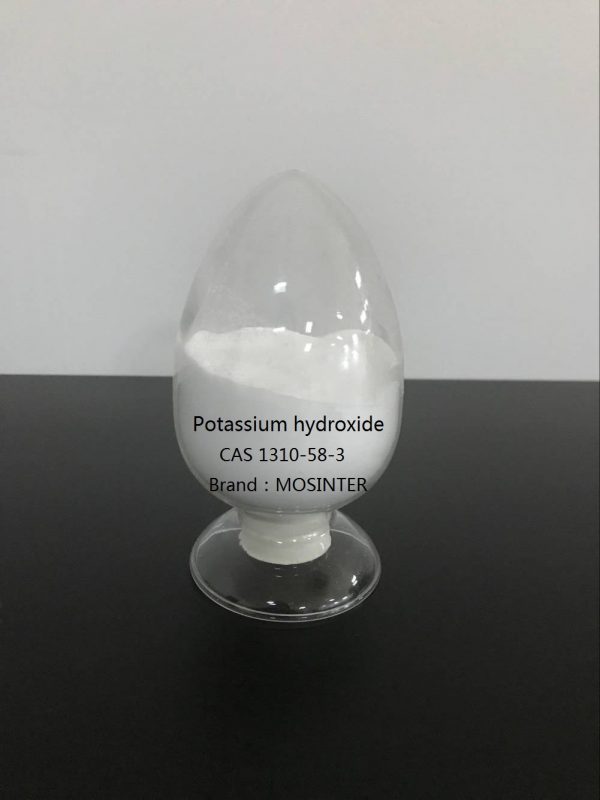
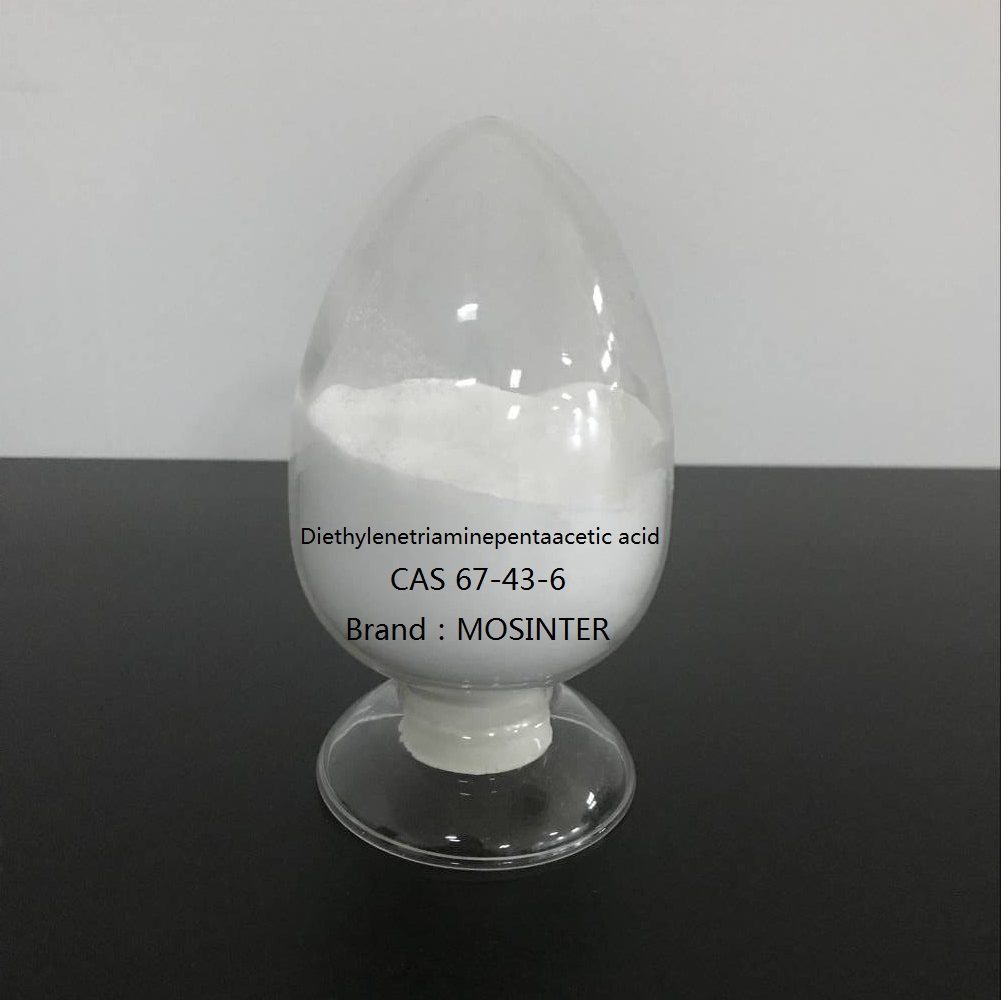
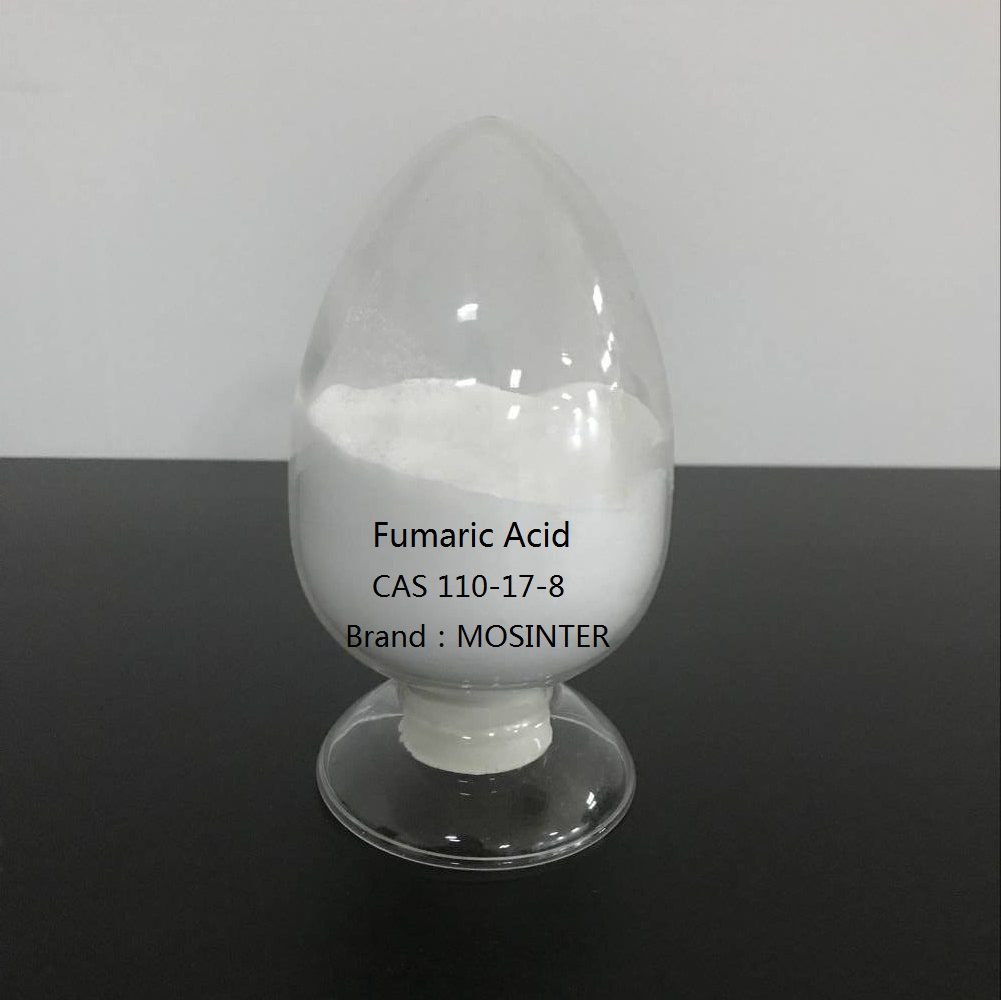
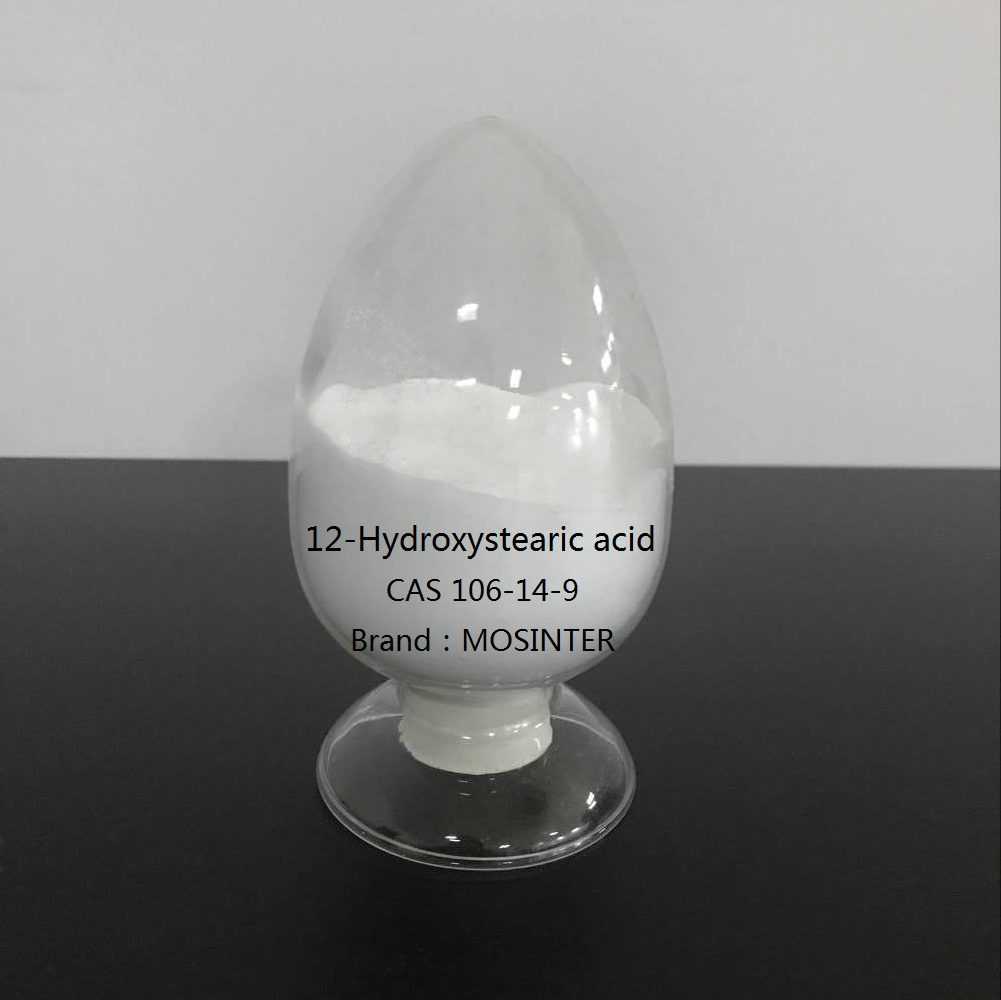
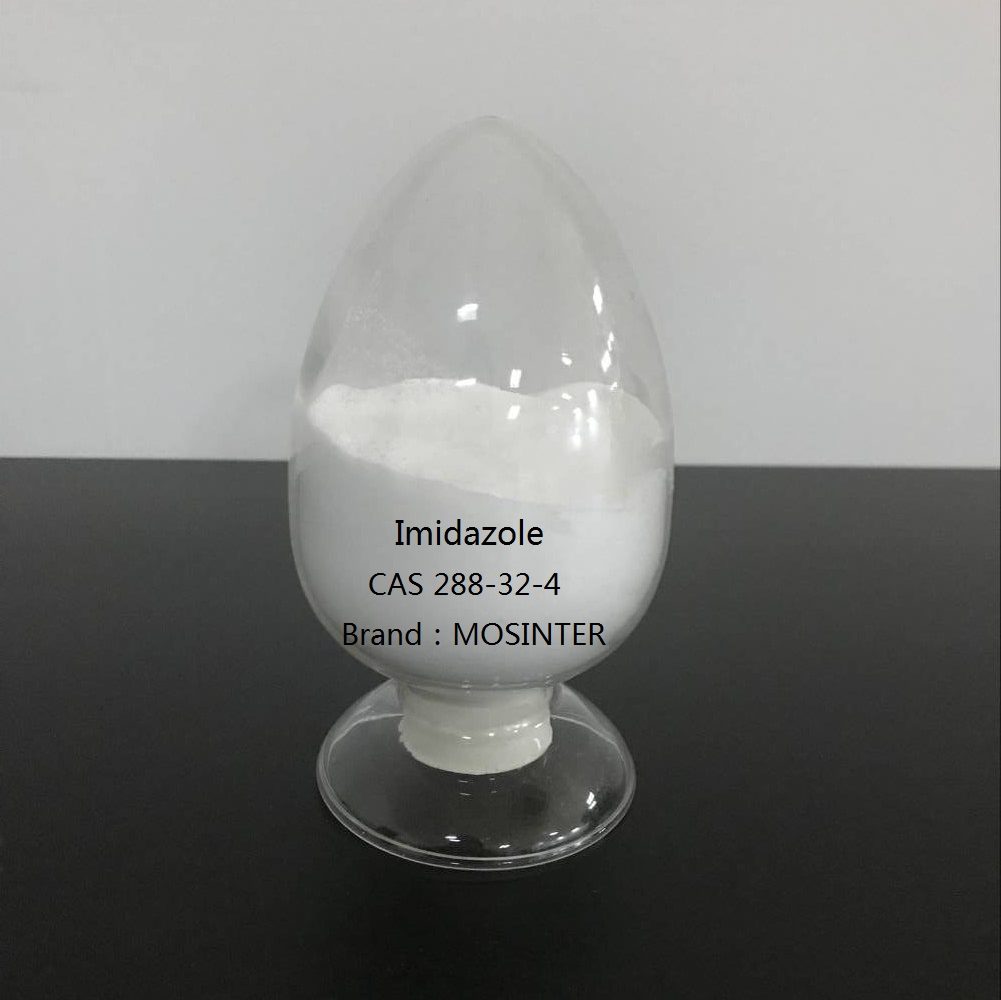
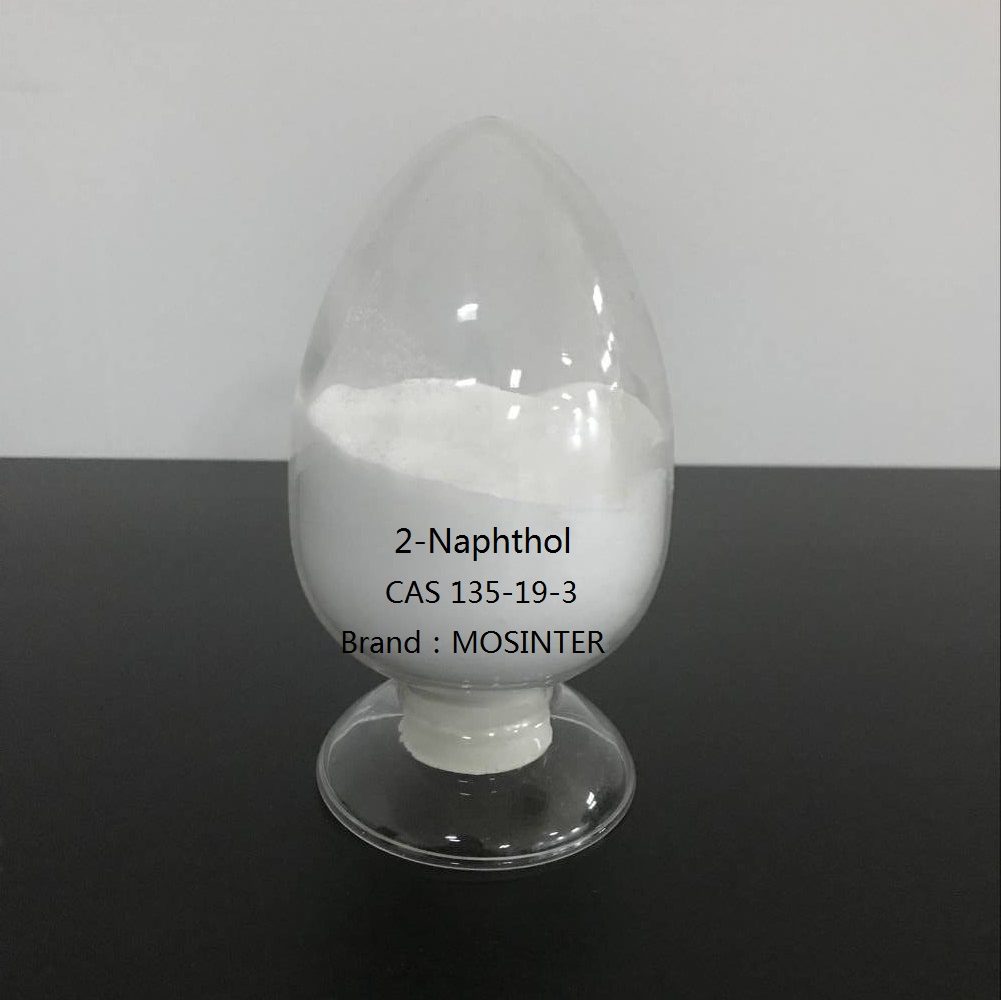
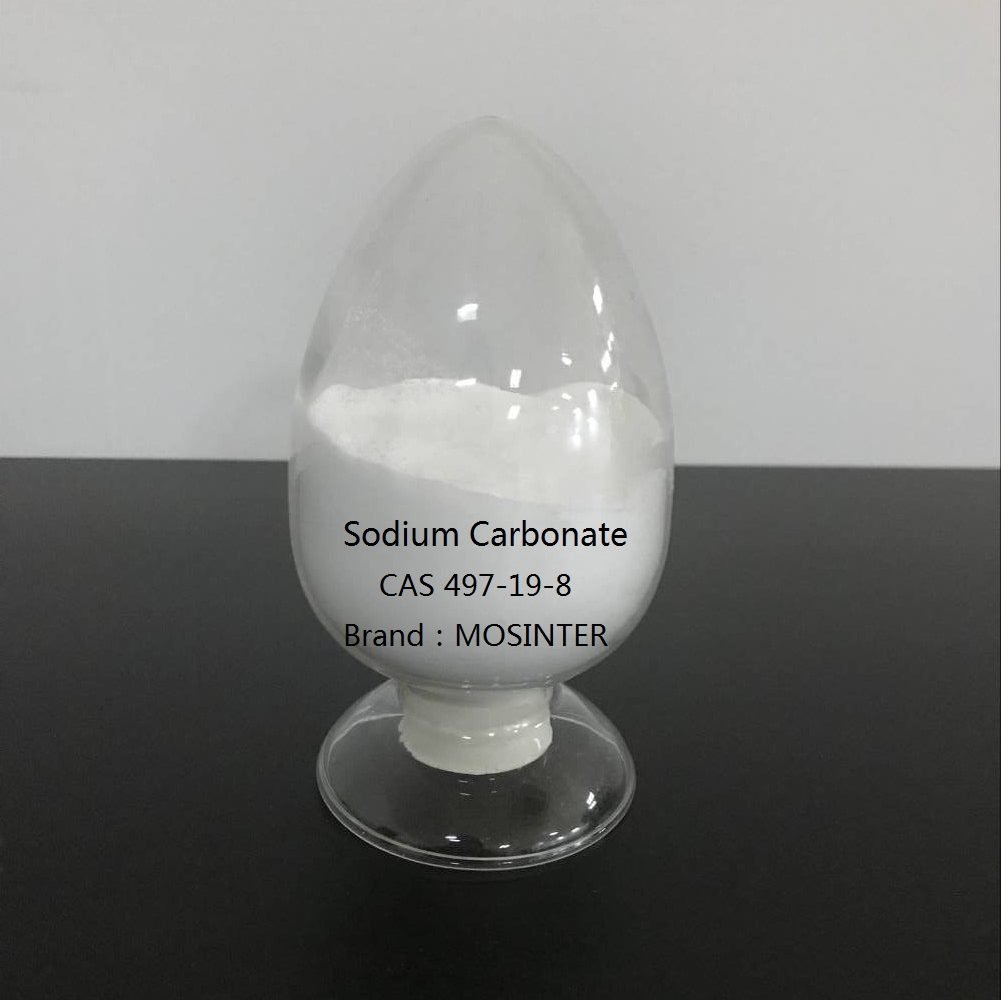
Reviews
There are no reviews yet.